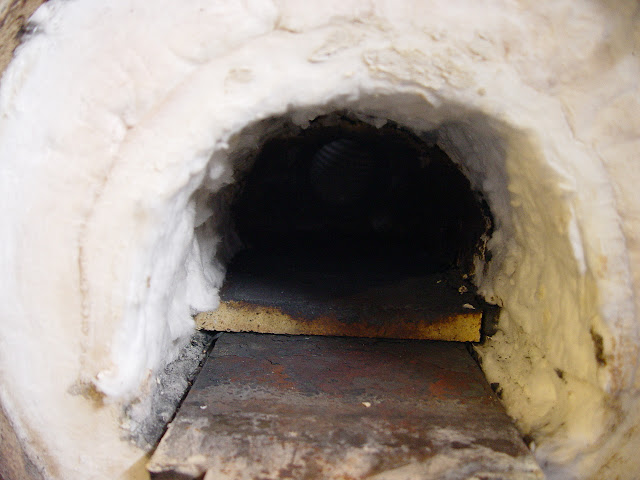- Joined
- May 2, 2013
- Messages
- 1,711
No Stacy, I didn't miss that part... if I can build one anybody can... lol.
I was more poking fun at the fact there are 90 ways to skin that cat, and we can go on for pages talking about it
If the OP waits for us all to weigh in on the best way to do x y and z he may never get started... lol.
For me though, the physics equation is much much simpler...
F+S=E
(F) Fire
(S) Steel
(E) Eric so happy he's about to pee his pants!
Cheers!
I was more poking fun at the fact there are 90 ways to skin that cat, and we can go on for pages talking about it
If the OP waits for us all to weigh in on the best way to do x y and z he may never get started... lol.
For me though, the physics equation is much much simpler...
F+S=E
(F) Fire
(S) Steel
(E) Eric so happy he's about to pee his pants!
Cheers!




